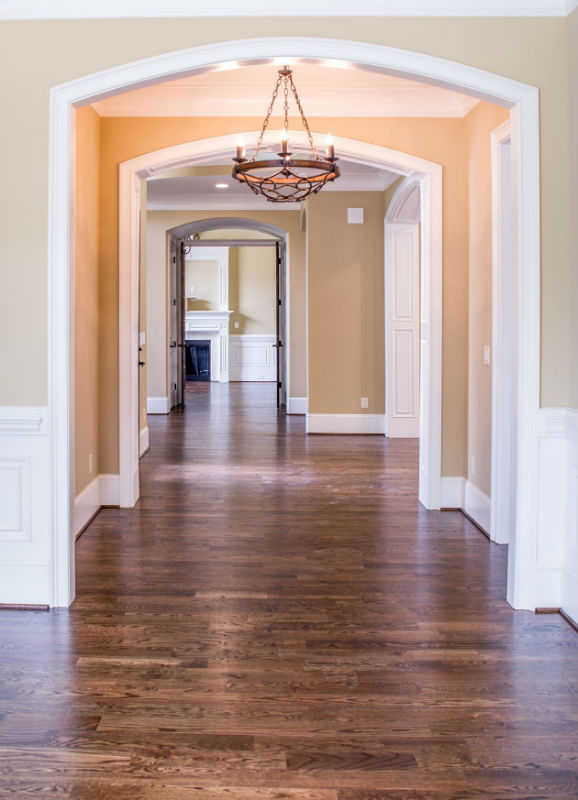Modern homes these days are packed with hundreds of labor and time-saving equipment. Vacuums certainly do qualify as one of the appliances we can’t live without. Most people hate coming back home to a dirty house and so cleaning up is inevitable. Vacuum cleaners make this easier for you while not tiring you out completely.

Sometimes vacuum cleaners are referred to as Hoovers or sweepers. This is probably due to the fact that they evolved from carpet sweepers. Your ordinary vacuum cleaner may seem complicated but is made up of only six vital components, namely;
- Porous Bag
- Fan
- Electric Motor
- Exhaust Port
- Intake Port whose cleaning accessories are quite a variety
- Housing for all its parts
How Does a Vacuum Cleaner Work?
The electric current gets the motor going. The motor is normally attached to the fan which resembles an airplane propeller due to its angled blades. Air is forced towards the exhaust ports as the fan is turning. Due to the forward movement of the air particles, the density and air pressure decreases behind the fan while increasing in front of it.
Just like when you sip a drink from your straw, the pressure decrease behind the straw and fan are similar. This then creates a partial vacuum inside your vacuum cleaner. The suction created by the fan causes a stream of air flowing through the intake port to the exhaust port. As the air particles move, they rub against any form of debris or loose dust. A strong suction and loose dust will cause friction which directs the material to the vacuum cleaner’s inside.
Other designs incorporate rotating brushes to enable dirt to be kicked away from the carpet so that the flowing air stream can pick them up. Once inside, the dirty air will pass through a porous material that filters the air. The porous material usually woven from cloth or paper is just the right size to prevent dirt particles from escaping while allowing air particles to pass through.
Types of Vacuum Cleaners
They come in in different sizes, models, and types to cater for each household needs. The main types of vacuum cleaners include;
- Handheld
This is better suited for small surface areas that are hard to reach, for example, cars. Like the name suggests, it can be held in one hand and so would not serve well for general floor cleaning purposes.
- Stick
These vacuum cleaners are composed of a slender construction with a long stick-like handle. It might not be among the most powerful vacuums but it does a good job when used on area rugs, light carpeting, closets, or hardwood floors.
- Upright
For a thorough cleaning job, these powerful vacuum cleaners have got you covered. It is no surprise therefore that they are the most sought after. They are versatile and provide easy cleaning functions and accessories. Some of the upright models in the market provide bare floor cleaning options as opposed to the conventional carpeted surfaces cleaning.
- Canister
Canisters are the more technologically advanced vacuum cleaner options. They have a multi-functional design, combining both the stick and the upright vacuum models. They come in a separate canister and so are suitable for both bare floors and carpeted areas. This feature makes them more expensive than your typical model types.
- Robot
Also referred to as autonomous models, have become more recent over the years. With our busy schedules, robots require minimal to no effort on your end. They also do an effective job while cleaning up your home, including those nook and cranny areas that are impossible to reach. The price, however, is over the top.
Vacuum Cleaner Buying Guide
A vacuum cleaner should be unique to your lifestyle and needs so here are a few considerations to make before you purchase one;
- Noise
If you want to do some cleaning but still maintain some peace and quiet, some cleaners run quiet but still do a good job. The decibel level should be at least 60-65 for an extremely quiet vacuum.
- Weight
Some vacuum cleaners weigh up to 20 pounds. Lighter cleaners are of course easier to maneuver. If you have a big home, consider getting a powerful but lightweight cleaner with fewer attachments.
- Attachments
Different cleaning requirements need different brushes and attachments; mostly dusting brushes, an upholstery, or crevice tool. If you have hairy pets or cut-pile carpets, consider a turbo brush. For wooden floors, consider a parquet or horsehair brush.
- Allergies
For those who suffer from dust or mite allergies, HEPA certified cleaners are the best option. They come with filters that are designed to capture even the smallest allergens. For economical purposes, consider one with a washable filter.
Dirt is sometimes lodged deep inside the carpet and this may require deeper cleaning methods. Vacuums only suck away the surface dirt for a clean appearance. So for a thorough clean-up, you may have to incorporate other cleaning methods. Remember, a clean home is a healthy home. Harmful allergens and dust present in the carpet may cause allergies to your pets or small kids. If not dealt with, they may also cause a musty smell in your home.